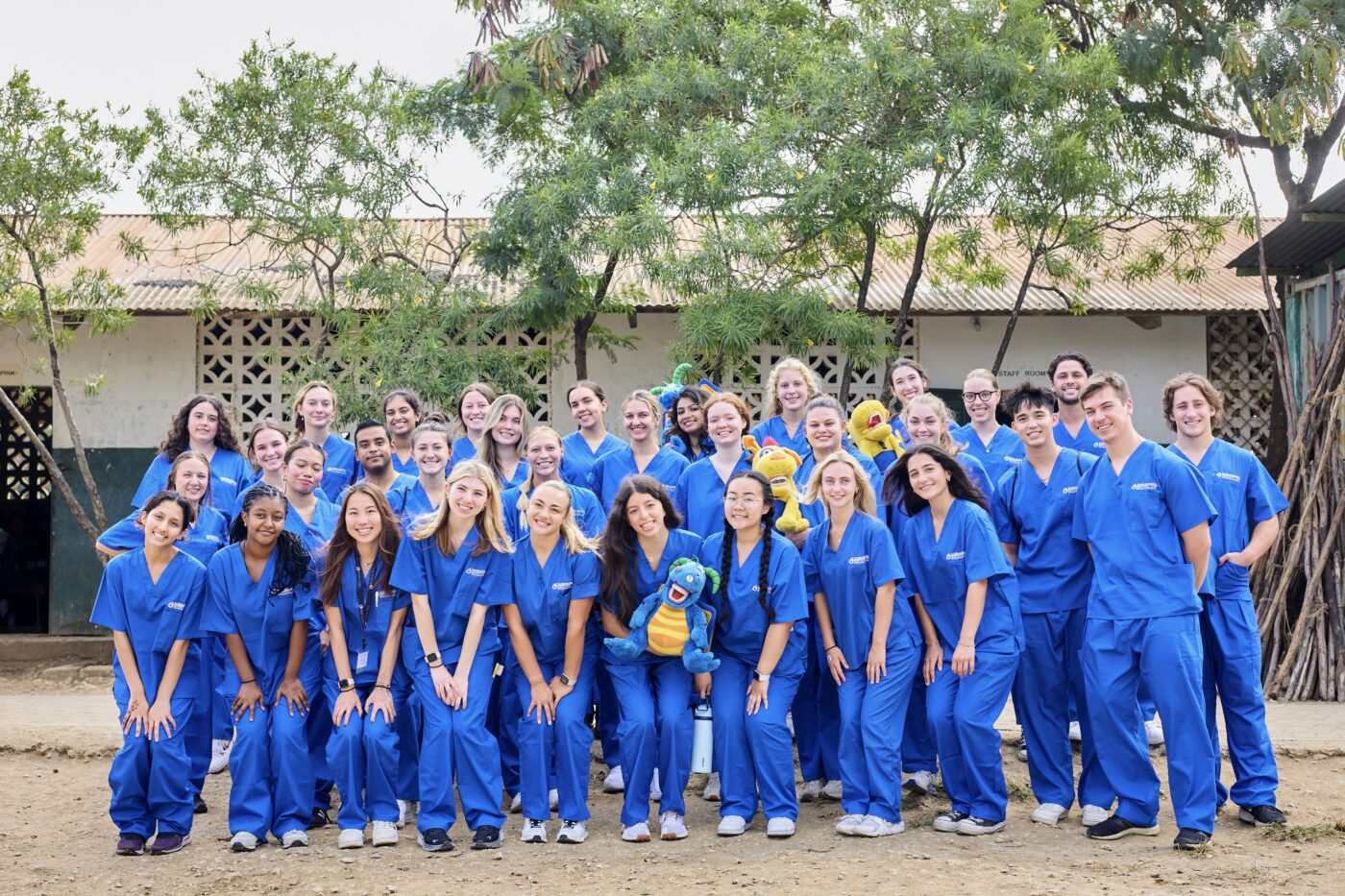Applying to medical school is a multifaceted process that requires careful planning and a clear understanding of its components. Central to this journey are the primary and secondary applications, each serving distinct roles in portraying your qualifications and aspirations to admissions committees. Grasping the nuances of these applications is essential for crafting a compelling candidacy.
Commonalities Between Primary and Secondary Applications
Both application stages share several similarities:
- Essay Writing: Both require thoughtful essays that provide insights into your motivations, experiences, and suitability for a medical career.
- Personal Information: Each application collects detailed information about your background, academic history, extracurricular activities, and personal experiences.
- Submission Process: Both involve formal submissions through designated platforms, adhering to specific guidelines and deadlines.
Distinctions Between Primary and Secondary Applications
Despite their similarities, primary and secondary applications differ in several key aspects:
- Number of Applications:
- Primary Application: Submitted once through a centralized service, it is then disseminated to multiple medical schools.
- Secondary Applications: Individualized applications are sent by each medical school to which you’ve applied, often requiring separate submissions.
- Content Focus:
- Primary Application: Features a general personal statement that outlines your overall motivation and qualifications for pursuing medicine.
- Secondary Applications: Contain school-specific essay prompts designed to assess your fit and interest in that particular institution.
- Deadlines:
- Primary Application: Has a uniform submission timeline dictated by the centralized application service.
- Secondary Applications: Deadlines vary by school and are often influenced by when you receive the secondary application invitation.
Application Timeline for 2025–2026
Understanding the timeline is crucial for timely and effective submissions:
- May 1, 2025: AMCAS application opens, allowing applicants to begin inputting their information.
- May 27, 2025: Submission window opens for AMCAS applications.
- June 27, 2025: AMCAS begins transmitting verified applications to medical schools.
It’s imperative to verify specific dates for other application services, such as TMDSAS and AACOMAS, as they may have different timelines.
Crafting a Compelling Primary Application
The primary application serves as your initial introduction to medical schools and includes several critical components:
- Personal Statement: A narrative articulating your motivation for pursuing medicine, highlighting formative experiences and personal insights.
- Work and Activities Section: A detailed account of your extracurricular involvements, clinical experiences, research, leadership roles, and community service.
- Letters of Recommendation: Evaluations from individuals who can attest to your academic abilities, character, and suitability for a medical career.
- Academic Records: Comprehensive documentation of your coursework, grades, and standardized test scores.
Given the competitive nature of medical school admissions, submitting your primary application as early as possible is advisable. Due to rolling admissions policies, early submission can enhance your chances.
Managing Secondary Applications
After reviewing your primary application, medical schools may invite you to complete secondary applications. These are tailored to each institution and typically include:
- School-Specific Essays: Prompts that explore your interest in the school, how your goals align with their mission, and scenarios to assess your problem-solving and ethical reasoning.
- Additional Information Requests: Some schools may inquire about specific experiences, challenges overcome, or aspects not covered in the primary application.
Promptly responding to secondary applications is crucial. Aim to submit them within one to two weeks of receipt to demonstrate enthusiasm and organizational skills.
Strategic Considerations for Applicants
- Research Schools Thoroughly: Understand each school’s mission, values, and specific requirements to tailor your secondary applications accordingly.
- Organize Letters of Recommendation: Request letters from recommenders early, providing them ample time to write thoughtful evaluations.
- Stay Informed: Regularly check the official websites of application services and individual medical schools for updates on deadlines and requirements.
- Practice Self-Care: The application process can be demanding. Ensure you manage stress through healthy habits and seek support when needed.To navigate the application process effectively:
- Early Preparation: Begin drafting your personal statement and compiling your activities list well before the application opens.
By comprehensively understanding the roles and expectations of primary and secondary applications, you can present a well-rounded and compelling case to medical school admissions committees. Diligent preparation, timely submissions, and authentic representations of your experiences and aspirations will significantly enhance your prospects in the competitive field of medical school admissions.
About Your Primary Application
Your primary application is your first step to applying for medical school. Where you apply to medical school determines which application you’ll fill out.
- Applicants applying to medical school in Texas will fill out their primary application via the Texas Medical and Dental School Application Service (TMDSAS).
- Applicants applying to medical school in any state other than Texas will fill out their primary application through the American Medical College Application Service (AMCAS).
- Applicants applying to osteopathic medical programs will fill out their primary application by using the American Association of Colleges of Osteopathic Medicine Application Service (AACOMAS).
These applications all vary to an extent, but they have multiple things in common. Among those things are your personal statement, your work and activities section and your personal information.
The differences are mainly how each section is filled out, deadlines, and application specifications. We’ve written comprehensive articles on each application service, so click the links to learn more.
About Your Secondary Applications
Your secondary applications work differently from your AMCAS/AACOMAS/TMDSAS. While they all share common themes, they have unique elements to each school. You’ll select all the schools you want to apply to in your primary application. Then, some schools will send you a secondary application. You’ll fill out the secondary application for each school that sends you one. For schools that don’t, it’s their polite way of turning you down.
Your secondary application will include essay prompts that the admissions committee writes for applicants. They ask specific questions to gauge how prepared/ready you are to attend their school. The secondary essays, paired with your personal statement from your AMCAS, help admissions committees to decide whether they want to interview you. Because of this, they’re very important! Each school varies in what questions they ask, how many they ask, and how many words/characters they give you to answer the essay prompt.
So, how do I apply?
Begin your primary application.
You’ll begin the entire process by starting your primary application. AMCAS just opened their application cycle for the 2021-2022 school year. AACOMAS is open and so is TMDSAS. If you’re applying to medical schools in Texas and in other states, then you’ll most likely need to fill out both AMCAS and TMDSAS. Visit the official university website for the Texas medical school to which you’re applying to make sure they use TMDSAS.
Complete and then submit your primary application.
Primary applications take a long time to fill out. Besides your personal statement, they ask for your personal information, family demographics, criminal history, high school transcripts, coursework taken in college, and more. It’s very important to accurately and completely fill out your application. Take your time doing so. A thoroughly and carefully completed application should take you about a month.
The Waiting Period
After you’ve submitted your primary application, the medical schools to which you’ve applied will receive your application. Medical schools work one of two ways. They either automatically send out secondary applications to all applicants or review primary applications and decide to whom they will send secondary applications. This information should be listed on the medical school’s website.
It generally takes about two weeks to start receiving secondary application invitations. You’ll receive an email with a link to a portal. You’ll create an account in that portal to access the secondary application. If you don’t receive an email after several weeks, and if the medical school is selective about who they send applications to, it’s a safe bet that you won’t have an opportunity to attend medical school there. At least not for the current application year.
Filling Out Secondary Applications
Every secondary application is different. We’ve created a series on our blog full of definitive guides on getting into medical school. Out of all the medical schools we’ve examined so far, no two medical schools are the same. That’s why reviewing the university’s website for information specific to their application is important. If you need help, consider International Medical Aid’s med school admissions consulting. We can help with wherever you’re stuck. We also recommend reaching out to the school with your questions. They have an entire admissions department dedicated to helping you. Chances are, they’ve answered your question before, and they’ll be happy to answer it again for you.
We also recommend checking out our blog! We’re working on creating a definitive guide to every single medical school in the United States to help guide you through your journey. Here are the schools we’ve covered so far.
- Baylor College of Medicine
- George Washington University School of Medicine
- Vanderbilt University School of Medicine
- St. George’s University School of Medicine
- Lake Erie College of Osteopathic Medicine (in Pennsylvania)
- Sidney Kimmel Medical College at Thomas Jefferson University
- Wake Forest University School of Medicine
- Western University of Health Sciences (in California)
- Drexel University College of Medicine
- Stritch School of Medicine at Loyola University Chicago
- Georgetown University School of Medicine
- Yale School of Medicine
- Perelman School of Medicine
- UCLA Medical School
- NYU Medical School
- Washington University School of Medicine
- Johns Hopkins School of Medicine
- Brown Medical School
After you Submit Your Secondary Application to Medical School
Once you’ve submitted your secondary applications (one to each school to which you’re applying), it’s time to wait again. This time, you’re waiting for interviews. Good luck!
Final Thoughts
Here at International Medical Aid, we want to see you succeed. We understand how complicated and confusing the whole application process can be. We hope this article has clarified the difference between primary vs secondary applications. This information, paired with med school admissions consulting, should have you well on your way to filling out your primary and secondary applications for medical school.
As complicated as the process might seem, primary vs secondary applications are designed to make the admissions process easier. The primary application prevents you from submitting the same application repeatedly to every single medical school. Your secondary application to medical school is designed to help each school get to know you better. The process is unique to medical school and some dental and veterinary schools.
We hope you feel better prepared to begin your application process now that you understand primary vs secondary applications. If you have any questions, please don’t hesitate to reach out to us. We’re here for you, whether you have a question about primary vs secondary applications or something else altogether. Our founders are Johns Hopkins graduates, and our staff is made up of experts who can help you through whatever stage of your application process you might be in. We wish you the best as you work toward attending medical school!





